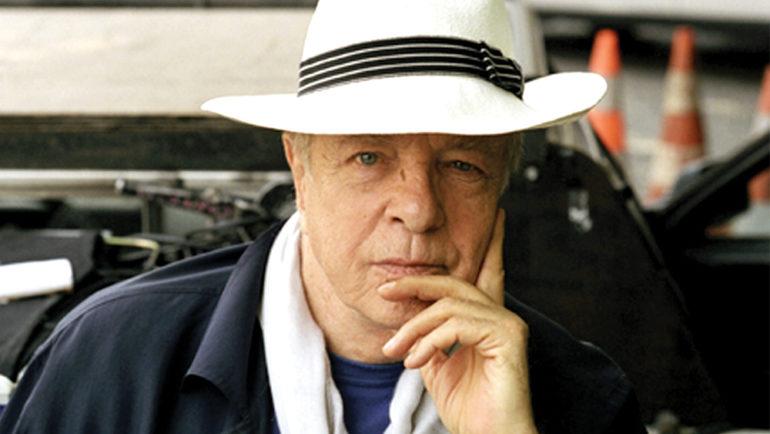Franco Zeffirelli: An Artist and a Paradox
By Owen Gleiberman
LOS ANGELES (Variety.com) – When popular artists pass on, it can often be a surprise to learn just how old they were. But the news of Franco Zeffirelli’s death, at 96 , inspired a major double take. The extravagant Italian maestro of theater, opera and film lived to a vibrant old age. Yet for many of us, the name Zeffirelli will always conjure the spirit of youth. That’s because of what he brought to the Hollywood party in 1968. In “,” he became the first film artist to make the counterculture swoon.
In a move that was at once audacious and indelible, Zeffirelli cast Shakespeare’s romantic tragedy with actors who were shockingly young and, at the same time, ridiculously gorgeous. Leonard Whiting, at 17, and Olivia Hussey, at 16, were closer to the stated age of Shakespeare’s protagonists than most of the actors who had played them. But, of course, it wasn’t just fealty to the text that inspired Zeffirelli’s gambit. It was the tribal erotic youth dance of the ’60s, which “Romeo and Juliet” became a part of. The movie was a hip rhapsody of desire, and it seemed to baptize the entire culture in the fatal beauty of youth.
If you watch the film now, Whiting calls to mind a more delicate Zac Efron, and Hussey, with her crystalline features and thousand-yard stare of rapture, is like a princess genie. But here was the beauty part: They could both act! The result is one of the most living, breathing Shakespeare films ever made. It fashioned a new youthquake out of giving yourself up for love, though there was another message as well: As long as the world still spun around this sort of breathless duet of aristocratic cheekbones, the new spirit of left-wing egalitarianism was probably going to have its limits.
There was a paradox to Zeffirelli, and it may account for why his film career then caved in instead of flourishing. He was an openly gay artist whose opera productions were inevitably evoked by words like “baroque,” “opulent,” “extravagant” and “decadent.” As a stage director, he truly was the Baz Luhrmann of his day. Mounting eye-catching versions of “La Bohème” or “Falstaff” or “Tosca” in the late ’50s and early ’60s, he was obsessed with the hypnotic, sensory-overload possibilities of set design, and in many ways anticipated the reigning Broadway aesthetic of jaw-dropping spectacle-for-its-own-sake.
Yet Zeffirelli was also a devout Roman Catholic who underwent a profound conversion after he was in a car accident in 1969. He aligned himself with the Vatican, opposing gay and abortion rights, and it’s tempting to say that in his yin-and-yang of luscious flamboyance and stern conservatism, he was playing out some conflict within himself. He was plagued by allegations of sexual harassment and assault, going all the way back to the set of “Romeo and Juliet,” where the actor-director Bruce Robinson later claimed that Zeffirelli had assaulted him. Robinson said that he based the predatory character of Uncle Monty, in his film “Withnail and I,” on Zeffirelli.
Zeffirelli tried to stage a comeback, of sorts, directing the 1979 Jon Voight remake of “The Champ” (a glossy weeper without much personality), and in 1981 he was given the plum assignment of adapting “Endless Love,” Scott Spencer’s brilliant novel of teenage romantic fixation. But the movie, which starred Brooke Shields, just showed how much Hollywood had changed since the late ’60s. This was a youth film at once cautious and pandering; Zeffirelli followed the outline of Spencer’s novel but couldn’t channel its inner fire.
Yet he remained a genuine religious artist. His one screen work of true power, apart from “Romeo and Juliet,” is the 1977 TV miniseries “Jesus of Nazareth,” arguably the best middle-of-the-road dramatization of the Gospels. It lacks the radical intensity of the Christ films of Martin Scorsese or Pier Paolo Pasolini, yet with its ardent performance by Robert Powell, it’s a work of passionate purity that has remained a touchstone. You could almost say that in Zeffirelli’s work, Romeo and Juliet and Jesus became a holy trinity. Call it “What They Did for Love.”

